Understanding the Versatility of Scarves
Scarves have long been cherished not only for their warmth but also for their ability to elevate any outfit. Whether you’re dressing for a casual day out or an elegant evening, the right scarf can make a significant difference. Their versatility allows for endless styling options, making them a must-have accessory in every wardrobe. From fashion runways to practical everyday wear, the spectrum of scarves available caters to diverse tastes and occasions, offering a world of creativity and self-expression. Discover more about these essential accessories by exploring scarves in depth.
Styles and Varieties of Scarves
Scarves come in a plethora of styles and designs, each serving unique purposes and conveying different aesthetics. Here are some popular styles:
- Infinity Scarves: These looped scarves provide warmth and a chic, modern look. Their continuous design eliminates the hassle of tying, making them ideal for busy individuals.
- Pashmina Scarves: Known for their luxurious feel, pashmina scarves are made from fine cashmere wool and often feature rich colors and intricate patterns.
- Wrap Scarves: These are larger and can be worn as shawls or around the neck, offering both comfort and style versatility.
- Silk Scarves: Lightweight and elegant, silk scarves can elevate any outfit, adding a touch of sophistication.
- Winter Scarves: Generally made from thicker materials such as wool, these scarves are designed for warmth during colder months.
Choosing the Right Scarf for Your Outfit
Selecting the perfect scarf can enhance your outfit dramatically. Here’s how to make the right choice:
- Consider the Occasion: For formal events, opt for silk or satin scarves that grant a sophisticated look. For casual outings, wool or cotton scarves may be more appropriate.
- Match Colors and Patterns: Determine if your outfit needs a pop of color or if you should pair it with neutral tones. Scarves can either contrast sharply or blend seamlessly with your attire.
- Think About the Fabric: The climate and comfort level should influence your fabric choice. Lightweight options are perfect for spring, while thicker, warmer scarves are essential during winter.
- Personal Style: Ultimately, your style preferences should steer your selection. Whether you prefer vibrant patterns or muted tones, choose what resonates with your personality.
Seasonal Uses of Scarves
Scarves are not just for winter; they can be adapted for all seasons. Here’s how different types are utilized year-round:
- Spring: Light fabric scarves can add a layer of interest to spring outfits without overheating. Floral patterns are particularly popular during this season.
- Summer: Lightweight cotton or silk scarves can be used as accessories, tied in hair, or worn as belts to enhance light summer dresses.
- Fall: This is the perfect time to explore earthy tones and chunky knit scarves. They add warmth and texture to your fall ensembles.
- Winter: Thick wool scarves are essential for keeping cozy. Consider layering them under a stylish coat for both warmth and fashion.
Materials and Quality of Scarves
The material of a scarf significantly impacts its look, feel, and durability. Understanding the various materials can help you make educated purchases.
Popular Fabrics Used in Scarves
When it comes to scarves, different materials serve different purposes:
- Wool: Offers warmth and is ideal for colder climates. Varieties include merino, cashmere, and lambswool.
- Silk: Luxuriously soft and famous for its sheen, silk scarves are excellent for the stylish individual looking for elegant accessories.
- Cotton: Breathable and versatile, cotton scarves are perfect for all seasons, especially spring and summer.
- Cashmere: Known for its super soft texture, cashmere adds a touch of elegance and warmth.
- Polyester: Budget-friendly and durable, this synthetic fabric can mimic natural fibers, suitable for those looking for affordable options.
Care Instructions for Different Scarf Materials
Caring for your scarves properly ensures they last longer and maintain their beauty:
- Wool: Hand wash in cold water with mild detergent, and lay flat to dry to prevent stretching.
- Silk: Dry clean is recommended, but gentle hand washing with a silk-safe detergent can work too; avoid wringing out water to prevent damage.
- Cotton: Machine wash on a gentle cycle; cotton is generally low-maintenance and can withstand more rigorous cleaning.
- Cashmere: Hand washing in cold water and laying flat to dry helps maintain its softness.
- Polyester: Can be machine washed on a gentle cycle and is quite low-maintenance.
Identifying High-Quality Scarves
Knowing how to identify quality scarves can help you avoid low-quality products:
- Fabric Feeling: Quality materials should feel soft and luxurious against the skin. Avoid scarves that feel rough or cheap.
- Finishing Details: Inspect the seams and edges. High-quality scarves often have well-finished edges without frays.
- Brand Reputation: While it’s important not to rely solely on brand names, a company’s reputation for quality can be a useful indicator.
- Price Point: Quality scarves tend to be priced higher than low-end alternatives. Understand the market value of various materials.
How to Style Scarves
Scarves can transform an outfit with just a few clever styling techniques. Consider these tips for elevating your scarf-wearing game.
Creative Ways to Wear Scarves
There are numerous ways to style your scarf effectively:
- The Classic Knot: Drape the scarf around your neck and tie a simple knot for a timeless look. This works well with both long and short scarves.
- The Loop: Folding the scarf in half, place it around your neck and pull the ends through the loop for a secured yet stylish option.
- The Wrap: A larger scarf can be worn as a wrap over your shoulders for evening events, adding elegance.
- The Headscarf: Tie a scarf around your head for a retro look, which is especially popular in summer months.
Scarves in Formal and Casual Attire
Scarves can easily adapt from casual to formal settings:
- Formal Wear: Pair a silk or pashmina scarf with a tailored blazer or elegantly draped dress for a polished look.
- Casual Wear: A knitted or cotton scarf with a denim jacket creates a laid-back style while keeping you warm.
Layering Techniques with Scarves
Layering with scarves is an excellent way to create depth in your outfit:
- Mixing Textures: Combine different fabrics for interest, such as a chunky wool with a smooth silk.
- Colors and Patterns: Don’t shy away from mixing different prints as long as they complement each other.
- Layering with Outerwear: Use scarves over coats or jackets, ensuring they peek out for style without overwhelming the overall look.
Fashion Trends Involving Scarves
Scarves are subject to seasonal trends and can turn heads when styled correctly. Stay updated with current trends for inspiration.
Current Trends in Scarf Designs and Patterns
Fashion is ever-evolving, and scarves play a significant role in current trends:
- Bold Patterns: Floral, geometric, and abstract designs are very much in vogue, creating standout pieces.
- Earthy Tones: Warm neutrals and muted colors are trending as they pair beautifully with diverse palettes.
- Eco-Friendly Materials: There is a growing demand for scarves made with sustainable practices and materials.
Influential Fashion Icons and Their Scarf Styles
Fashion icons often set the bar for how scarves are styled:
- Classic Draping: Several renowned figures showcase classic draping, highlighting the elegance a scarf can bring.
- Playful Twists: Others incorporate playful twists and knots, proving the versatility of a simple scarf.
How Scarves Influence Seasonal Fashion
Scarves often signal a shift in seasonal trends:
- Autumn and Winter: Scarves become practical necessities as temperatures drop. They also push brands to innovate with textures and styles.
- Spring and Summer: Scarves made from lighter fabrics allow for experimentation in color and pattern.
Shopping for Scarves: Tips and Recommendations
Navigating the vast world of scarves can be overwhelming. Here are tips to ensure a satisfying shopping experience.
Where to Buy the Best Scarves
Consider both online and physical stores for a great selection. Online marketplaces may offer exclusivity, while local boutiques provide unique finds. Be sure to check out clearance sections for high-quality items at discounts.
Understanding Price Ranges for Scarves
Scarves are available for various budgets:
- Affordable Options: Prices can start as low as $10. These may be suitable for casual styling but check for quality.
- Mid-Range: Expect to pay between $30 and $70 for a quality scarf made from cotton, wool, or blends.
- Luxury Scarves: Premium scarves made from silk or cashmere can range from $100 to several hundred dollars, reflecting their quality and craftsmanship.
Evaluating Customer Reviews for Scarves
Before making a purchase, consider reading customer reviews:
- Material Feedback: Pay attention to comments about the fabric’s feel and durability.
- Styling Versatility: Look for insights regarding how well the scarf pairs with different outfits.
- Care Tips: Customer experiences about maintenance can offer valuable information.
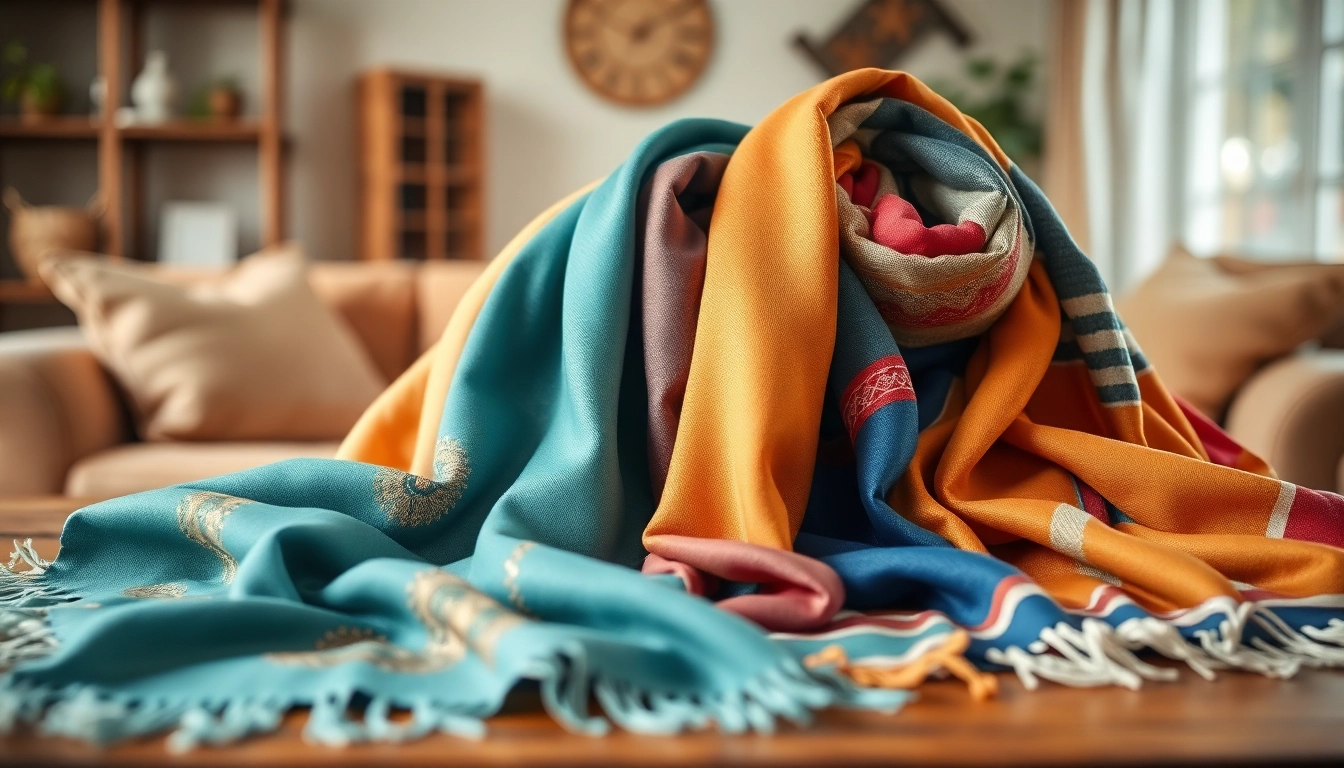


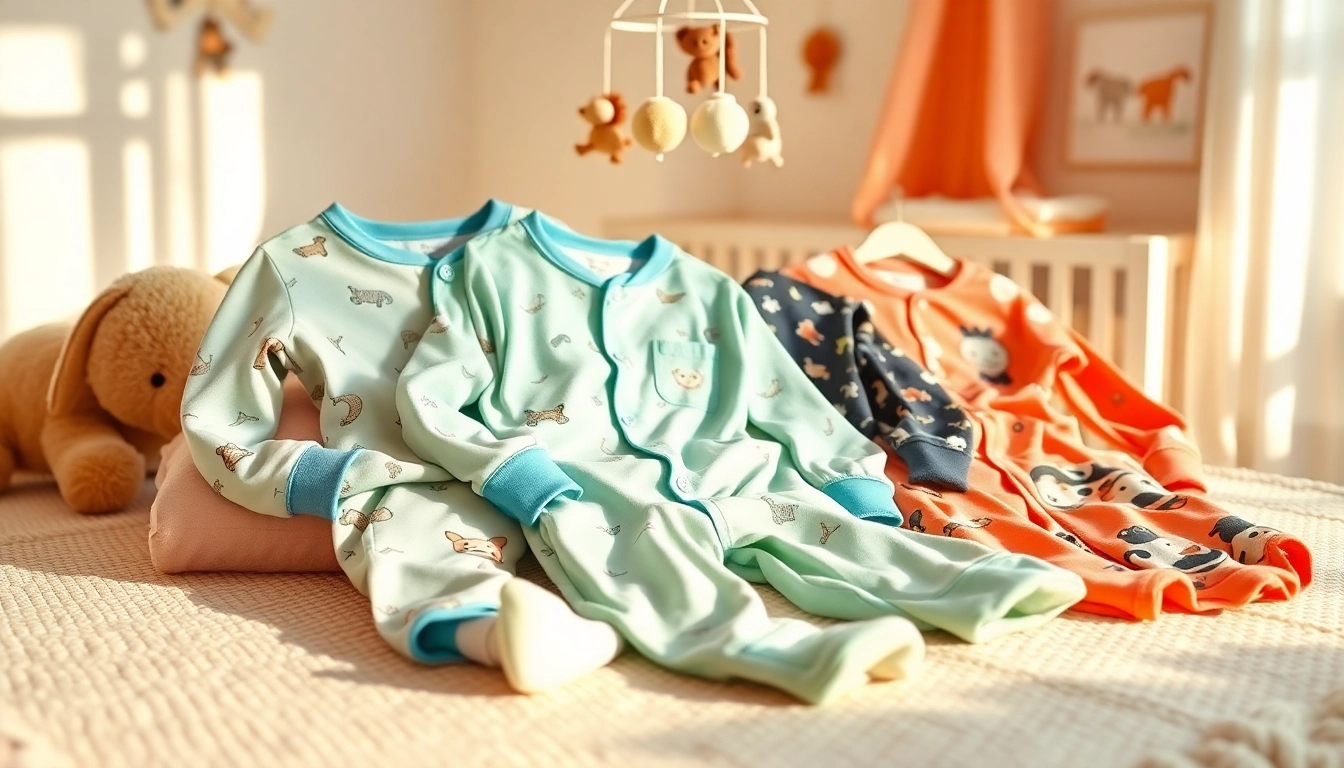

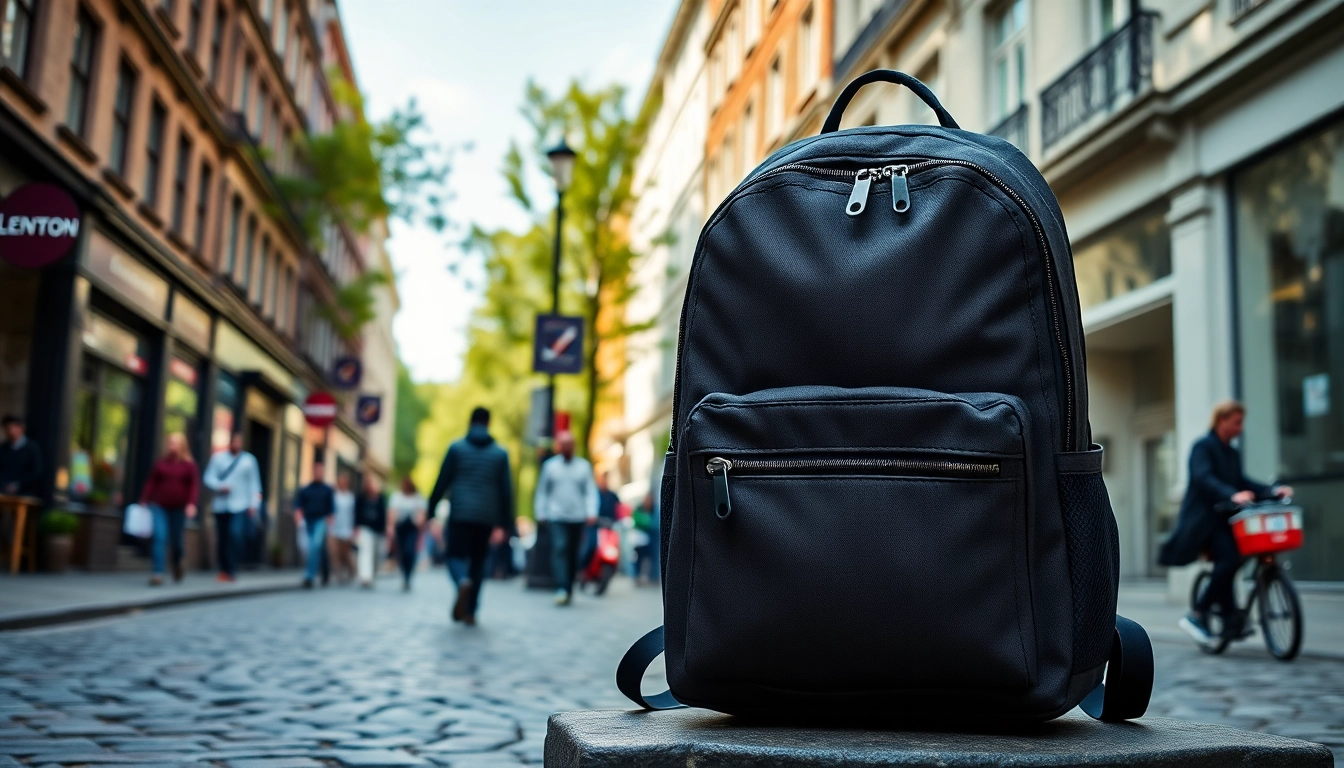
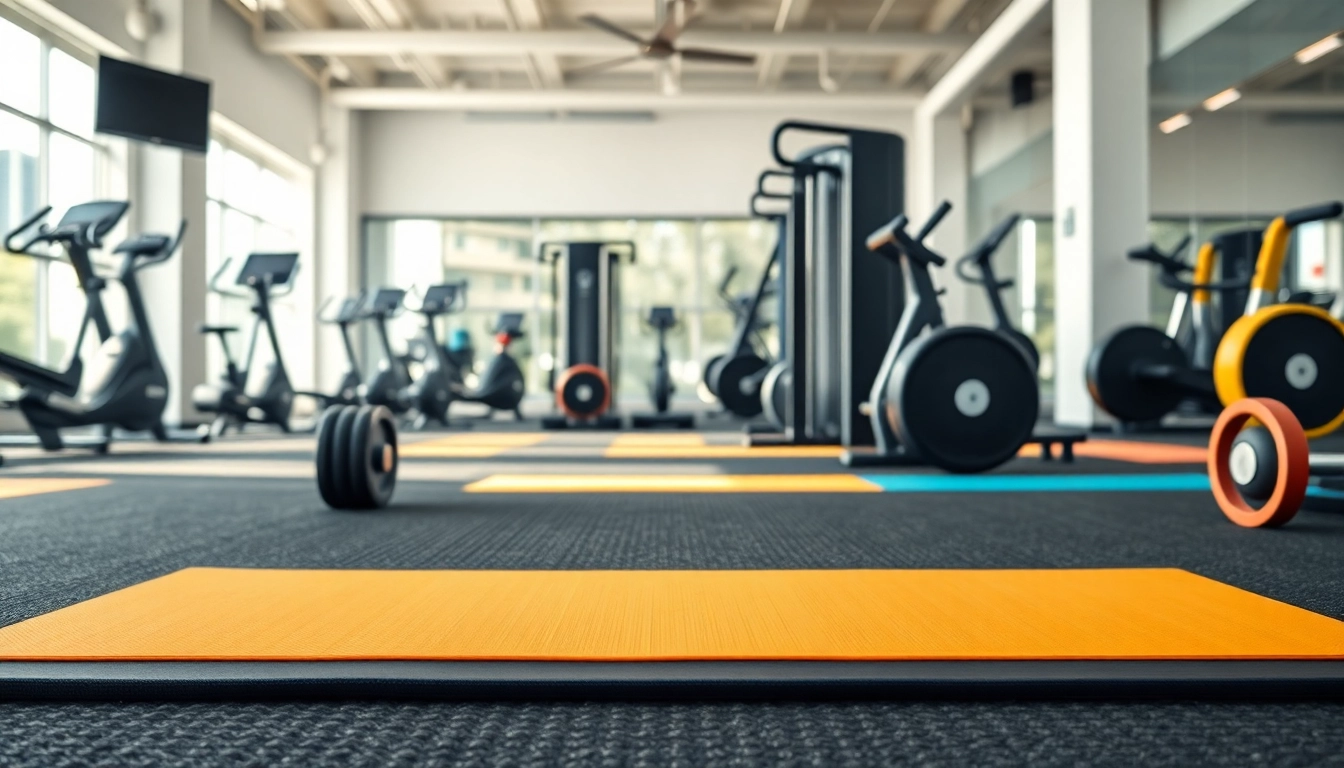



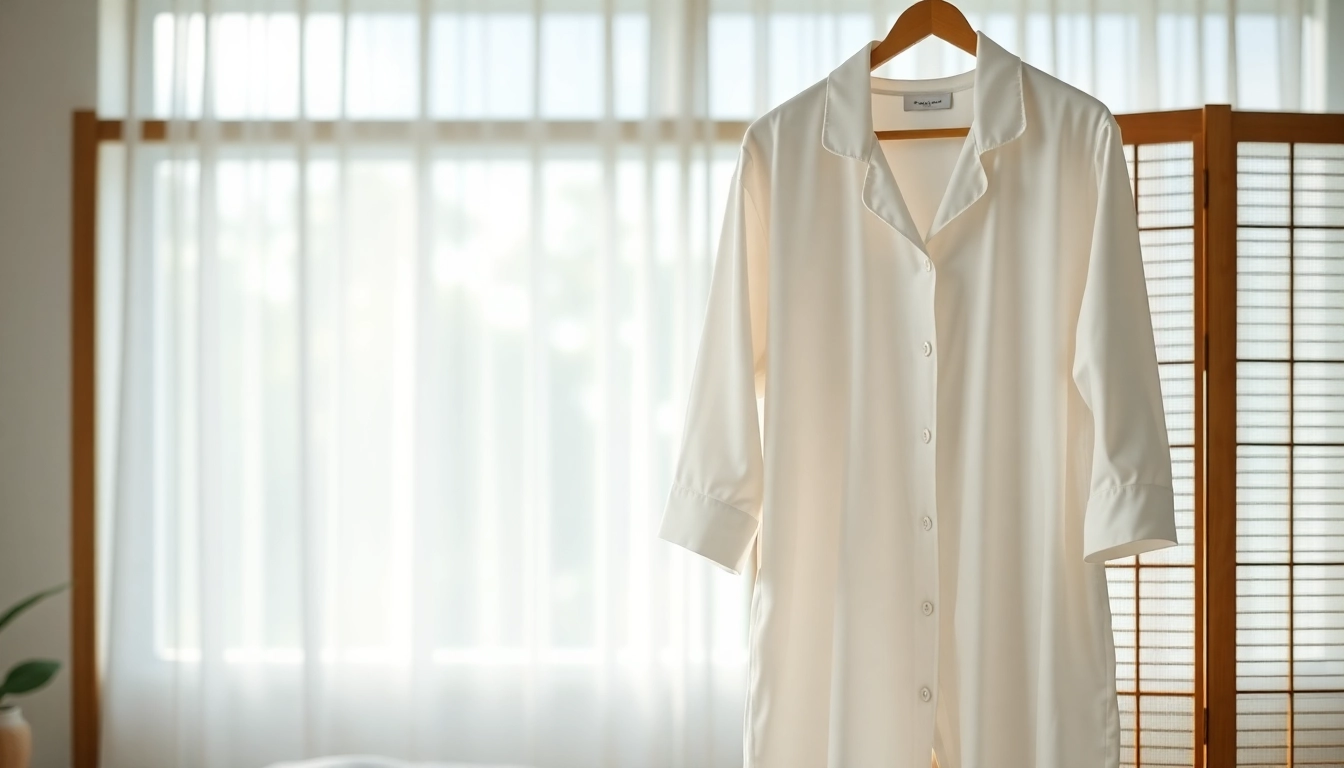



Leave a Reply